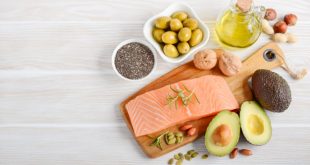Eric Guo
When we think of ramen, we often think of the instant kind: quick, unhealthy, and perfect for the typical college student drowning in debt. Despite the popularity of instant ramen, this perception of ramen doesn’t do justice to this national dish of Japan. In Japan, ramen is much more than a bowl of noodles. We’re talking about perception in a bowl: a rich broth labored over for hours; fresh, springy wheat noodles made from scratch; toppings such as chashu and spring onions; and a creamy soft-boiled egg. Yet, ramen lacks the pretentiousness that one may find at a high-end, three-starred Michelin restaurant. Ramen can be one of the best things you ever taste, but it’s as down-to-earth as it gets. Imagine a hole-in-the-wall restaurant with an open kitchen and tight dining counters while diners speedily slurp their ramen. This is the ramen that Japanese people imagine.
So what exactly does ramen consist of? Four main things. First (and most important) is the soup, created from pig bones, chicken bones, or seafood, and cooked in giant pots for hours and sometimes even days. Second is the tare, a strong, flavored essence such as shoyu, shio, or miso that essentially determines the “type” of ramen. Third are the wheat noodles, which vary from thin to thick and straight to wavy depending on the broth it goes with. Finally, there are the toppings, which usually consist of chashu, thin slices of braised pork; thinly sliced scallions; slow-cooked, soft boiled eggs usually steeped in a soy sauce marinade; pickled bamboo shoots called menma; and sheets of seaweed called nori. Although all four of these differ by region and even individual ramen shops, they are essential to a bowl of ramen.
 Tempus Magazine By Students, For Students
Tempus Magazine By Students, For Students 


